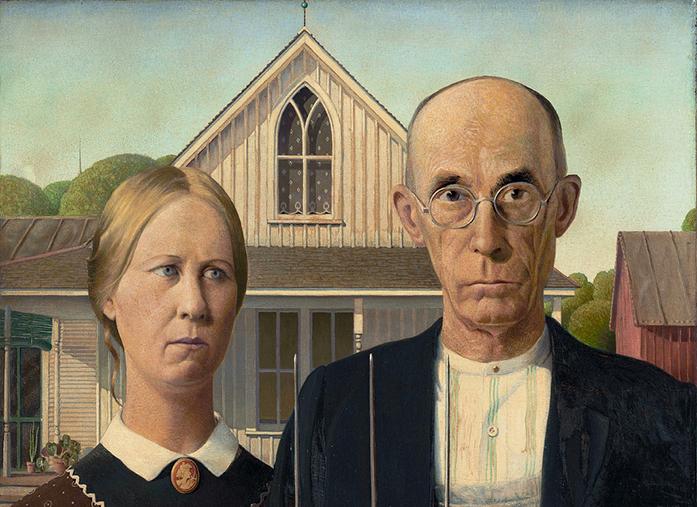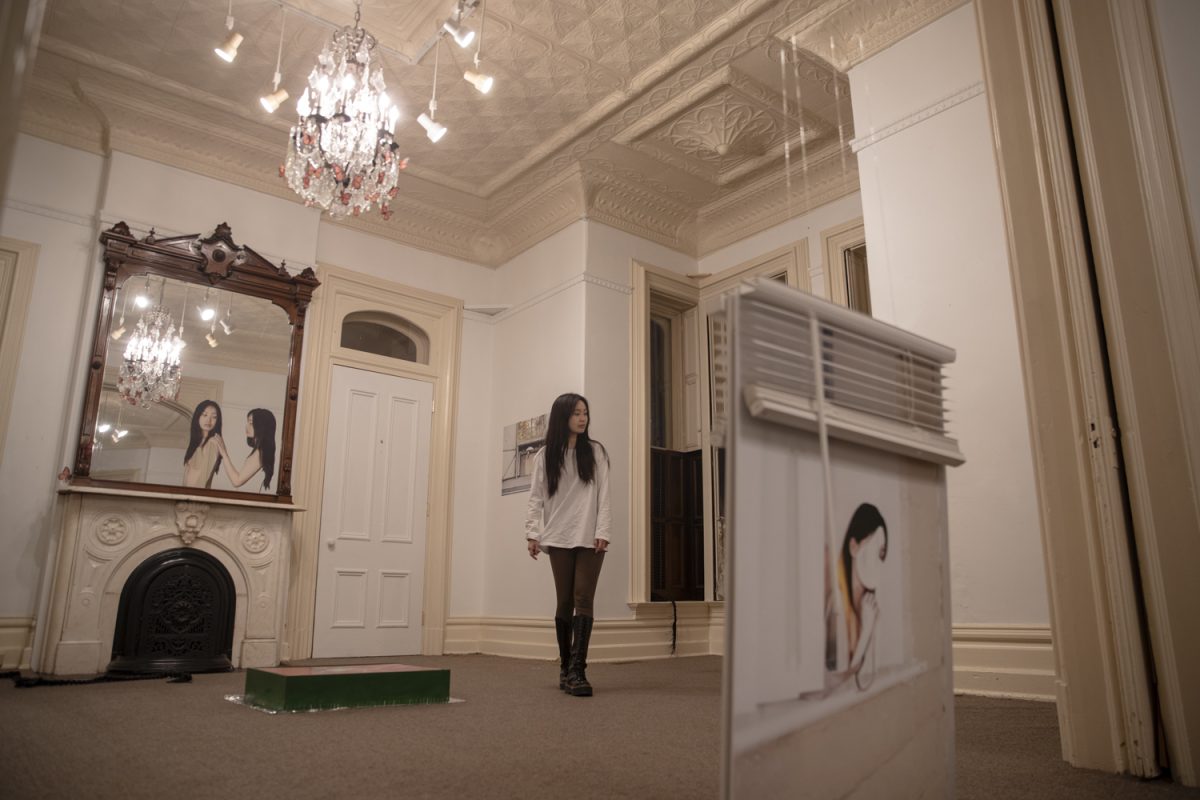Fifth Biennial Grant Wood Symposium celebrates the legacy and time of the artist, who was written out of art history.
By Claire Dietz
Everyone is familiar with Grant Wood’s most recognizable work, American Gothic. But many may not know that he was also a teacher at the University of Iowa and was interested in far more than just painting.
The Grant Wood Symposium, part of the Grant Wood Art Colony, was founded to recognize this diversity of interest and to extend the legacy of one of the 20th century’s great American painters.
This weekend, the symposium will welcome artists and scholars from around the world to contribute to the ongoing discourse revolving around Wood’s life and work.
According to its website, the symposium’s purpose is to “nurture creative work and teaching in disciplines relevant to the art and life of Grant Wood — studio art, art history, and the performing arts.”
Colony Director Maura Pilcher said there is far more to Wood than just his painting. He loved many different media and artistic expressions, including art history and the performing arts.
“[The symposium] is supposed to expand on the legacy of Grant Wood, but that doesn’t necessarily mean it has to be about Grant Wood,” she said.
This year, for the first time, the symposium has taken submissions for work, some coming in from as far as Paris.
“There are people that are really starting to step back and appreciate regionalism,” Pilcher said.
Some of the speakers include Erika Doss from the University of Notre Dame, Annelise Madsen of the Art Institute of Chicago, and Joni Kinsey, a University of Iowa professor of art history.
Because Wood was more or less written out of art history by his UI colleagues, it has taken much longer for his work and the larger movement of regionalism to be recognized, Kinsey said.
Lester Longman, the head of the UI Graphic and Plastic Arts Department in the 1930s, put pressure on H.W. Janson to basically write Wood and regionalism out of his survey of art history, History of Art.
“Janson taught several generations of art historians at New York Art Institute,” Kinsey said. “[He] was biased against Grant Wood and regionalism. It was Janson and people like Janson who have institutionalized the legacy of modern art that has left Grant Wood and regionalism out.”
However, some are making an effort to keep the legacy alive. This is due, in part, to Jim Hayes, the chairman of the Colony’s National Advisory Board and owner of Wood’s former home.
Hayes gifted portions of the property to the university to host Grant Wood Colony fellows during their time in the state and also to preserve the house after he’s gone.
“I don’t want the house to become a museum, I want it to remain a cultural place,” Hayes said. “I want people to move around in it, not just look at furniture.
“The big concept is the house will be used by the university for visiting dignitaries and meetings, parties. But all the time, there will be the context of the art colony with the house. The colony is a part of the house.”
Grant Wood Fifth Biennial Symposium
When: 7:30 p.m. Friday
Where: 240 Art Building West







